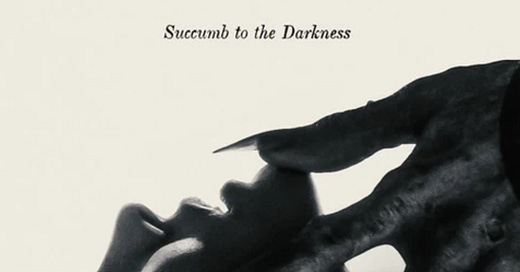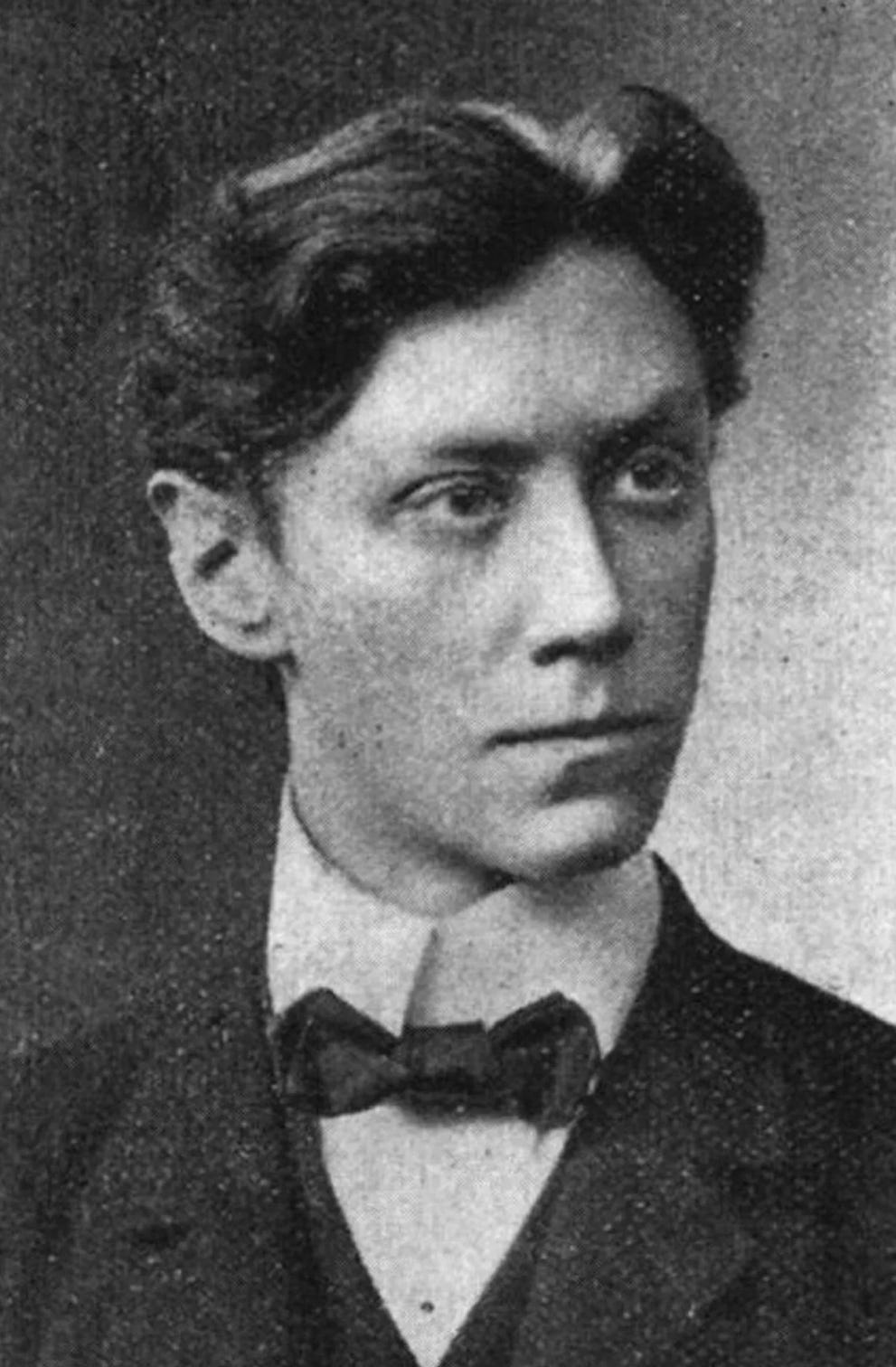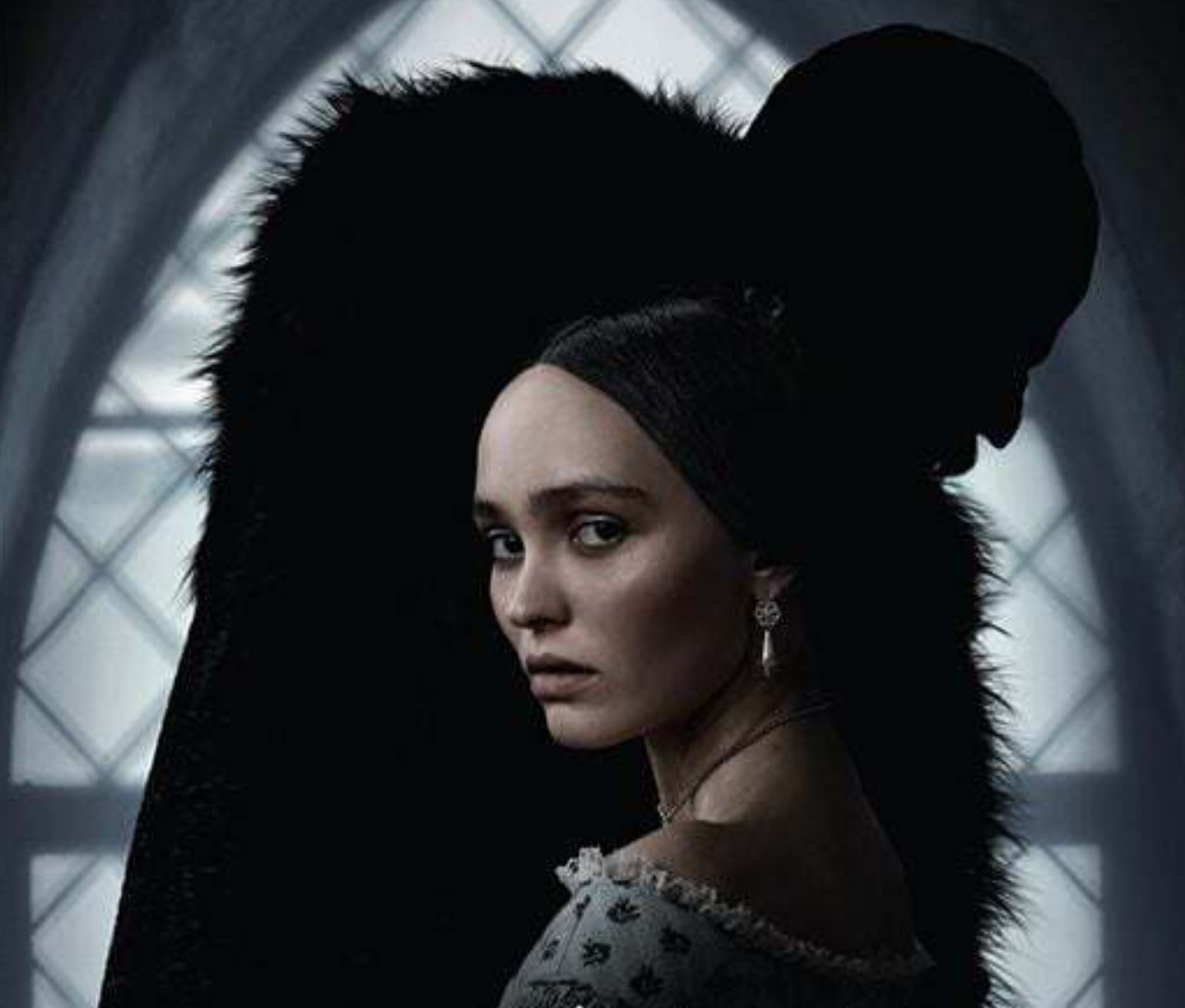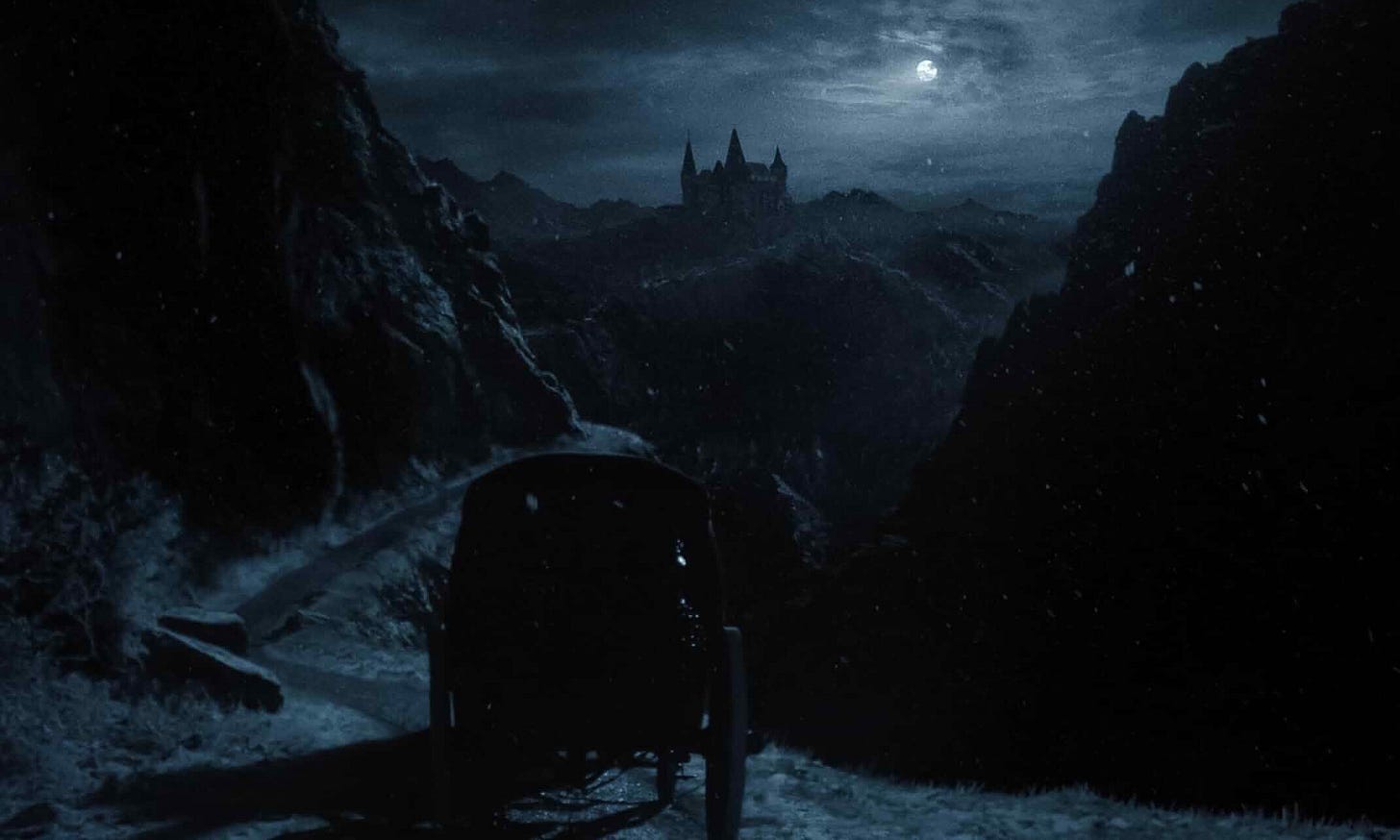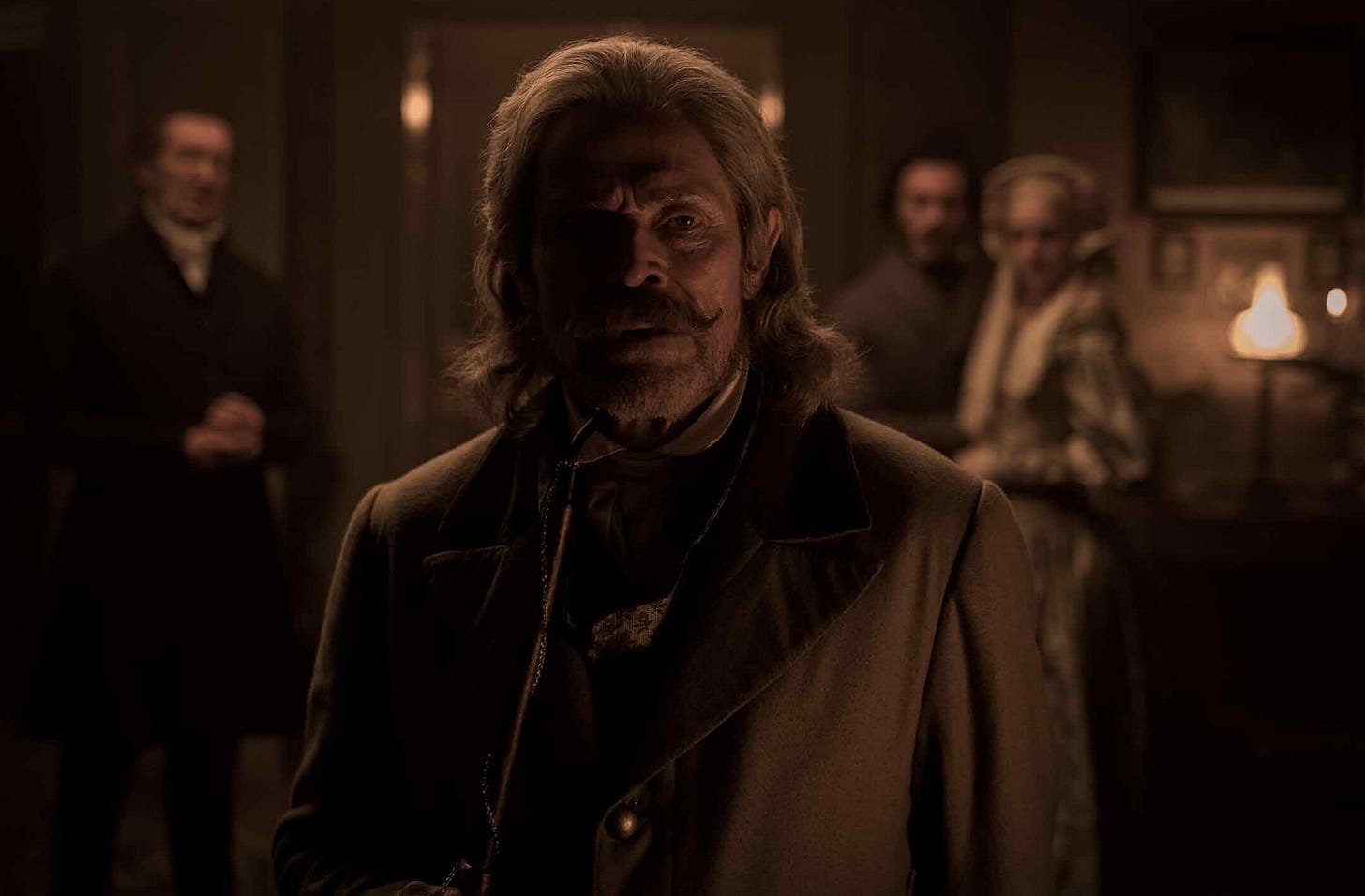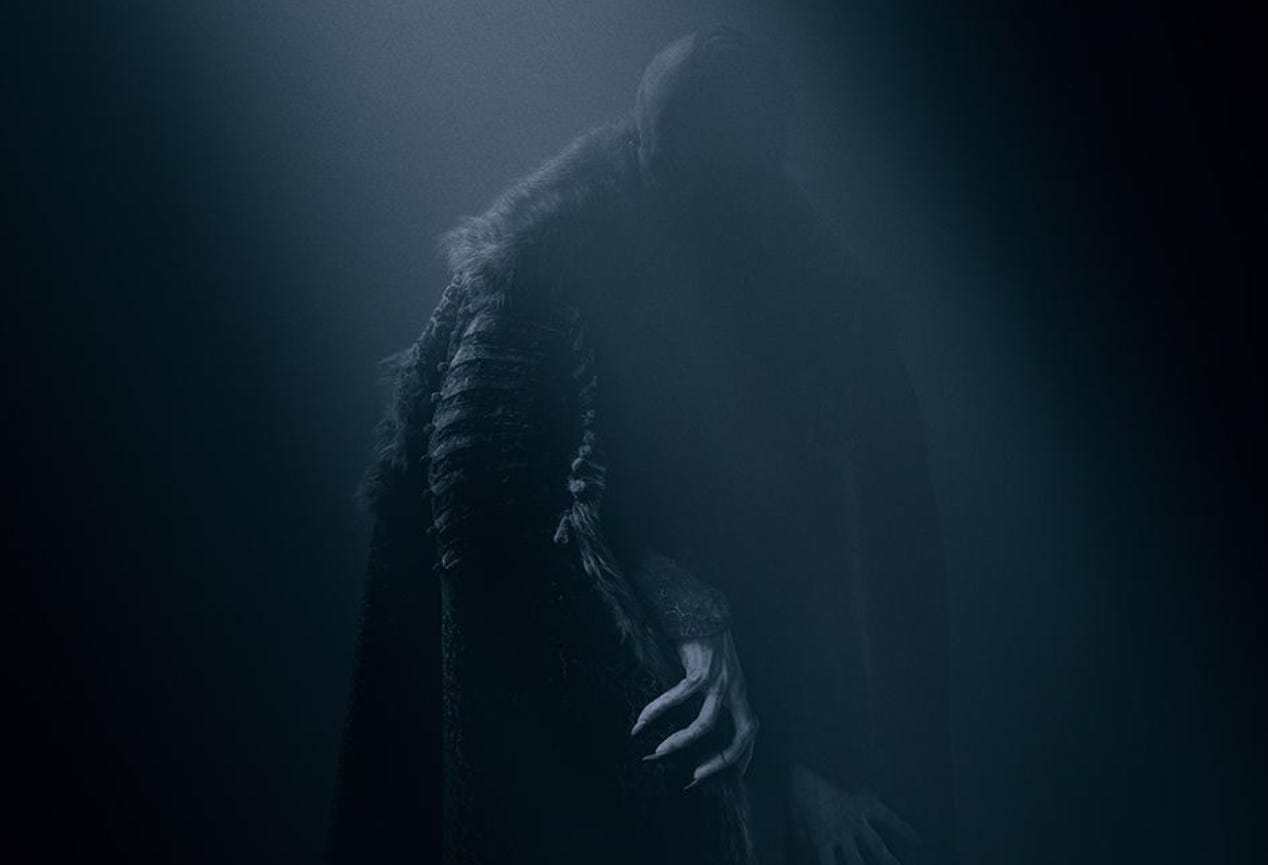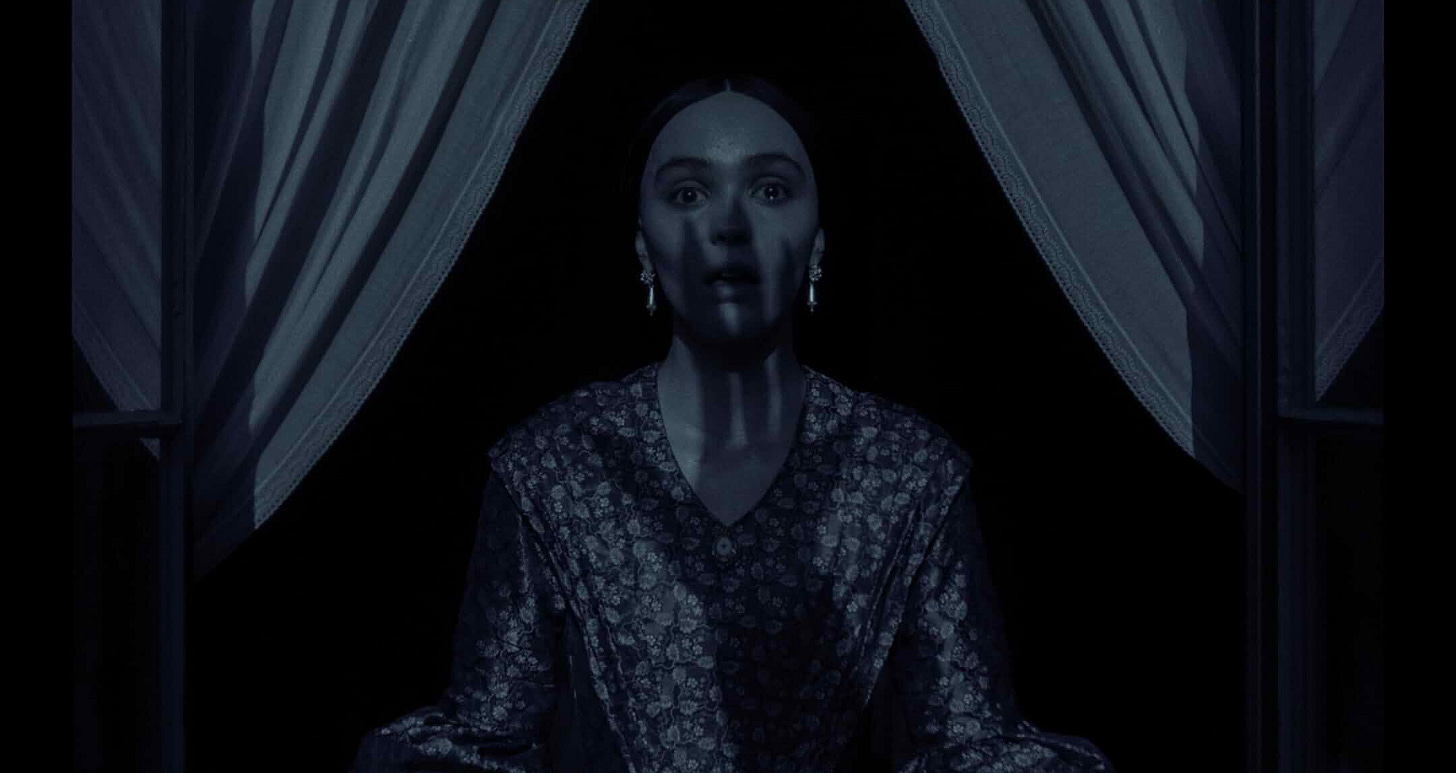CLASSIC HORROR BEHIND THE SCENES: THERE'S A NEW "NOSFERATU" (2024) IN TOWN
How is the new version of NOSFERATU? And what does the original 1922 version still have to offer?
By Bill Fleck, author of the Rondo-nominated book CHANEY’S BABY (available here), and the brand-new CHANEY’S AUDITION (available here).
Did you know? Two-time Rondo-Award winning filmmaker Thomas Hamilton is in the process of making VINCENT PRICE & THE ART OF LIVING. (I’m lucky enough to be a producer on the project—get info here). Check out Tom’s latest HORROR ICONS update—featuring interview clips with Jessica Rains, Elizabeth Shepherd, and Yours Truly—by clicking here. For information about possibly joining the Ignition Group and helping to get HORROR ICONS produced, click here. Thanks!
Check out other articles on this Rondo-nominated blog by clicking here.
May I confess a cardinal sin? Okay, I’ll just do it—I’ve only seen NOSFERATU (1922) once.
I know, I know…what kind of person who claims to be a Monster Kid has only seen NOSFERATU once? It just doesn’t seem possible.
You know what might be worse? I didn’t like it.
Please don’t unsubscribe. I lost two subscribers last month for defending Lon Chaney, Jr. in SON OF DRACULA (click here for that one…if you dare).
Let me also confess that the circumstances surrounding my viewing of NOSFERATU weren’t ideal. It was during the mid-1980s. For me at that time, the sun rose and set with John Carpenter’s THE THING (1982). (Okay, I can also confess that in a lot of ways, the sun still does. But I digress.)
I rented NOSFERATU from a now-extinct store in Kingston, NY called ALICE IN VIDEOLAND. They stocked the most eclectic collection of videos in the area. My brother Steve and I would rent five videos at a time with the intention of copying them for our home collection.
That’s piracy; I know. So let me make the claim here that we could never make our machines “talk to each other.” As a result, we never actually got a video copied. Even NOSFERATU, which itself ripped off Bram Stoker’s novel DRACULA without permission…and as such, should have been pirated if there’s any justice in the world! [1]
(Still subscribed? Thank you!)
So…what kind of grainy VHS copy of NOSFERATU am I looking at, c. 1985? You know it was a bad one. That could not have helped when I formed my negative opinion of the film.
Okay. Let’s fast-forward almost forty years. The new version has just gone into general release as I write. I’ve seen it once, and we’ll get to that in a bit.
But before going, I felt as if I needed to look at the original a second time.
So, I did a little research. I know there has been some controversy regarding whether or not Max Schreck—who played Count Orlok—was a real guy. [2] It turns out that he was, although he might not have been the only actor in the character’s makeup. (Anthony Breznican at VANITY FAIR has written an excellent article on the film and Schreck, and I highly recommend checking it out—click here).
[Above: Max Schreck, the somewhat mysterious actor who embodied Count Orlok in the classic horror film NOSFERATU (1922).]
It was also interesting to learn that the film was a one-and-only project—shot on a very low budget—for Prana Film, which conveniently declared bankruptcy when Florence Stoker sued for copyright infringement. (A quick internet search reveals that “prana” is Sanskrit for breath, life force, or vital principle. Interesting.)
And there is the maybe-valid, maybe-not anti-Semitic subtext some critics see in both Orlok’s appearance and the film’s use of rats.
But let me deal with the film itself, which I caught on YouTube in a cleaned-up, variously-tinted copy (with English subtitles that I can only hope are accurate).
NOSFERATU: A SYMPHONY OF HORROR (1922) is very much a product of its time. It’s more than one hundred years old now, and it looks it. Hey, I can live with the technical conventions of the time, but I know many folks who can’t.
That said, I like the direction of F.W. Murnau. He and his cinematographers—F.A. Wagner and an uncredited Gunther Krampf—serve up some excellent images. For example, at about nine minutes in, a shot portending to be of the Carpathian Mountains rocks the screen. It’s very impressive. There are also some cool outdoor shots of the path to Orlok’s castle. Nicely framed with eerie—day-for-night-like—lighting.
Of course, Orlok’s coach comes racing down to collect Hutter, NOSFERATU’s version of Jonathan Harker. (Over-cranked camera?) And our first look at Orlok in driver garb is pretty impressive. With his hat and his face partially masked, his eyes are emphasized. The shot is brief, but eerie.
The “official” meeting between Orlok and Hutter in the castle is nicely framed in long-shot by an archway. The ensuing two-shot unfortunately reveals the edges of Schreck’s makeup on his nose and cheeks, and his eyebrows look phony. But the clarity of the images—including the texture of the castle walls—is captivating. And Schreck in long shots—with his reported 6’3” height—is a scary sight to see.
(You have to wonder, though, why Hutter doesn’t seem to notice that Orlok had driven the carriage. I mean, how many guys does he think there are in Transylvania who look like that?) [3]
[Above: The iconic look of Graf Orlok. Some online commentators have disparaged the fact that Eggers has chosen to go in a different direction.]
As to the acting in general, well…very silent film. The gestures and expressions are, of course, ridiculously broad. Again, I can live with that, but most non-Monster Kid watchers today won’t.
One of my biggest issues is with the character development of Hutter as played by Gustav von Wangenheim. I mean, when Hutter—distracted by the ringing of a bizarre clock topped by a miniature skeleton—cuts his thumb slicing bread, Schreck’s wild eyes really sell Orlok’s hunger—“You have hurt yourself—Precious blood!” the title reads—but Hutter’s horrified reaction is unintentionally hilarious. And why he stays in the castle after this red-flag incident is beyond me.
Then, the next morning, a too-happy Hutter discovers that something has bitten him on the neck—Oh well, la-la-la—and that Orlok has left him a feast on the table. He then skips around the castle grounds, and writes to his wife Ellen…blaming mosquitoes for the marks on his throat.
Okay, I often try to talk myself out of things that I don’t want to deal with as well. That sound isn’t mice; it’s the furnace making the baseboards expand! But Hutter has been gifted with a copy of a book that might as well be entitled VAMPIRES FOR DUMMIES, so c’mon, man!
Then, there’s Orlok’s first look at Ellen’s portrait. Orlok’s eyes popping out of his head are a bit much; he’s like a prototype Jim Carrey in THE MASK (1992). Things become very comic when he sniffs the picture and informs Hutter, “Your wife has a lovely neck…” I can’t imagine that anyone seeing this—even in 1922—would not have laughed.
There are some impressive shots of Orlok as he enters Hutter’s room to suck his blood, though I laughed out loud again when the terrified Hutter drew his bed sheets over his head in an attempt to hide. What, exactly, did he think that would do?
I could go on, but you get the idea. There are various other cool things about NOSFERATU—some scenes on the boat, for example, and the still excellent climax is famous for a reason—but the storyline in the second half drags, at least for me. [4]
My conclusion after finally seeing the original a second time? Well, I still don’t like it. But I can certainly understand why it’s considered to be an important classic.
I won’t deal with the two subsequent remakes here (Werner Herzog’s in 1979, or the nearly shot-for-shot David Lee Fisher version from 2023). Let’s just jump into the Robert Eggers version that’s just started to haunt cinemas.
Eggers has apparently always been obsessed with making this film. In fact, he announced—with a bit of humility—that it might be his second movie, following his excellent THE WITCH in 2015. I won’t recap that story—as I write, Chris O’Falt has just posted an excellent interview with Eggers on INDIEWIRE, which you might like to access here.
[Above: Lily-Rose Depp and Bill Skarsgard. At this writing, clear images of Skarsgard’s makeup are hard to find. I’m sure that will not be the case for much longer…]
I have to admit, the casting intrigued me. I know Bill Skarsgard from TV’s HEMLOCK GROVE and the IT movies, of course. (Interestingly, Skarsgard—who is “swiftly becoming this generation’s Lon Chaney,” according to Richard Lawson at VANITY FAIR—isn’t a big fan of horror films.) I’ve also followed Willem Dafoe since he appeared in TO LIVE AND DIE IN L.A. (1985). And I’ve become a bigger fan of Johnny Depp in recent years, so I was curious as to how his daughter Lily-Rose would do, pretty much carrying the film.
And so it was that I—along with my brother Steve (remember him?) and my nephew Trevor—plopped down $13.50 each, and graced a glorious, top-tier movie house on December 26 to catch what Eggers had wrought.
My overall impression? NOSFERATU is BIG. Everything about it. The jaw-dropping production design by Craig Lathrop. The excellent cinematography—featuring awe-inspiring visuals—by Jarin Blaschke. The loud—but, to my ears, not particularly melodic—score by Robin Carolin. The varied (and sometimes wild) costume designs by Linda Muir. The makeup by Sally Alcott and 29 other folks. The limited and controlled use—at least, to my eyes—of CGI.
Honestly, the phrase “spared no expense” from JURASSIC PARK kept going through my head, though the film was supposedly made for ‘only’ $50 million.
[Above: NOSFERATU is filled with awesome imagery. I feel that the operative word for the film is BIG, in spite of it costing ‘only’ $50 million to make.]
One of the other things that struck me was the attention to detail. Most of the film happens in Wisborg, Germany in 1838. Looking at the sets and the costumes, I believed it. My brother was particularly intrigued by a tracking shot through cramped streets out the outset of the plague initiated by Orlok upon his entry into the city…accompanied by thousands of rats—reportedly, 5000 of the trained critters were utilized!
As I said, BIG.
BIG also applies to the performances. Your taste for this might vary. Once I recognized that this was a stylistic choice—by Eggers, no doubt—I wrapped my head around it and settled in. But I was still at the point of laughter during some scenes.
[Above: Lily-Rose Depp is essentially the lead. The character of Ellen requires her to display intense emotions for pretty much the entire running time. I feel that she mostly succeeds.]
I’ll start with Depp, because she is really the lead character. In this version, Ellen has mystically invited the demonic Orlok into her life a few years prior to her marriage, setting his eventual trip to Wisborg in motion. In the in-between, Ellen has horrible dreams and seizures, which alarm Freidrich and Anna Harding—her friends, played by Aaron Taylor-Johnson and Emma Corrin—and confuse Wilhelm Seivers (Ralph Ineson), her doctor.
Of course, it doesn’t help that Ellen’s husband Thomas Hutter (Nicholas Hoult) has been sent by his evil boss Knock (pronounced ka-NOCK, and played by Simon McBurney) to finish a real estate deal with one Count Orlok in Transylvania…
All of Depp’s scenes require extreme emotion (have I used the word BIG yet?)—fear, sadness, bouts of insanity, moments of sensuality, etc. That she carries off the majority of them effectively says a lot for her talent. But there are some spots—particularly in the film’s second half—where she goes too far, even given her character’s malady.
I expected BIG from Willem Dafoe—playing the disgraced specialist Albin Eberhart von Franz—and I got it. I found his performance to be a bit like Anthony Hopkins’ in BRAM STOKER’S DRACULA (1992), without the air of sexual perversion.
[Above: You get what you pay for with Willem Dafoe. His performance as the Van Helsing figure was exactly what I expected from him.]
I thought Hoult did a decent job reigning things in, though he certainly sold Hutter’s fear in Orlok’s marvelously creepy castle effectively—no hiding under bed sheets for him! By contrast, McBurney went ‘way too far. I had to laugh. Yeah, he’s the Renfield of the piece—and in this version, is a practitioner of occult arts as well (hence his psychic connection to Orlok)—but I felt that he really belonged in a Warner Brothers cartoon from the 1940s…except when he was naked, of course.
(Wait—weren’t some of those guys naked, too?)
I found Corrin to be the most restrained, and her reaction to the tragic events of the second half (which I won’t spoil for you) were handled perfectly. In contrast, Taylor-Johnson as her husband got to be a bit much in the later part in the film. True, his character was supposed to be a ‘bit much,’ thanks to unfolding events. But I feel like there’s a difference between playing a bit much vs. being a bit much while acting. Or am I being obtuse?
This brings us to Skarsgard as Orlok.
[Above: Orlok is depicted as a walking, rotting corpse—with a thick mustache—draped in tattered furs. The mustache has generated much debate on social media. Supposedly, Eggers chose the look for the sake of authenticity, pointing out that Transylvanian noblemen of the time always had mustaches.]
By now, I’m sure that anyone who cares knows that Eggers eschewed the classic Max Schreck look for Orlok, deciding to go with a rotting corpse sporting a huge mustache, draped in ratty furs. [5] I wasn’t really bothered by that, though I thought it was interesting that Eggers postponed a full look at the Count for as long as he did—we don’t get a good look at him at all in the first two or three castle scenes. Which may be Eggers’ way of communicating subtly to us that Hutter can’t wrap his head around what he’s seeing…
Whatever the case may be, this version of Orlok isn’t walking around town without raising eyebrows any more than would Schreck’s.
That said, I think that the new look is effective. But Skarsgard delivers his lines in a very deep, very wheezy, very slow, very heavily-accented voice. [6] (Reportedly, he engaged a vocal coach to help him get down into Orson Welles-ville.) I’m not gonna lie—all I kept thinking was, “Syn-the-tic flesh-h-h-h-h-h-h…”
And one online wag wrote words to the effect of, “Skarsgard’s delivery added about 30 minutes to the film.”
And there’s my biggest issue with NOSFERATU: the length, and the fact that the second half drags.
True, the second half of the original dragged as well—as noted above—before the famous climax. [7] But I think that Eggers, the screenwriter of this version (in addition to being the director and one of the producers), should have recognized that and sped things up.
I’ll have to see the film a second time, but I’m thinking I could have cut 20 to 30 minutes out of it myself. Hey, I’m all for a slow burn; I really liked THE WITCH. But NOSFERATU had me checking my watch at least twice. (I know; who is the bigtime filmmaker whose current work is being discussed everywhere? And who is the smalltime blogger with three Rondo nominations, but no wins? Yes, I know my place.) Your opinion, of course, may vary…just know that I’m not a “Tik-Tok-influenced junky” who has “no attention span” and needs “instant gratification” (or so those of us are told on social media when we might opine that the film is pretty slow).
My brother, a lifelong horror film fan, agreed with me. Interestingly, my nephew—aged 16—didn’t think the pace was a problem. He described the film as “intense,” which—in parts—it no doubt is.
The violence as portrayed is certainly intense. When Skarsgard bites folks, you know they’ve been bitten. I won’t spoil your fun with specifics, but you should know that Eggers isn’t afraid to show some blood. [8] And there are certain sexual aspects—both visual and thematic—that might make you think twice about who you want to watch the film with.
My verdict? NOSFERATU is worth seeing if you can handle all that I’ve just described. If, however, you’re looking for a Marvel movie, you’re better off skipping Eggers and company. I’m just glad that there are filmmakers like Eggers out there who are still willing to tackle Gothic horror in the classic mode.
You know, BIG.
(Readers might like film scholar Gary D. Rhodes’ take on the film. I always enjoy Gary’s work. Click here for his article.)
NOTES
[1] About eight seconds in, the subtitles say, “After the novel DRACULA by Bram Stoker.” So, if that translation is accurate—and if that title card existed in the film as originally released—the makers of NOSFERATU were not great about hiding their copyright infringement.
[2] The film SHADOW OF THE VAMPIRE (2000)—with an Oscar-nominated Willem Dafoe as Schreck—depicts the actor as an actual vampire! Kind of cool, right? Interestingly, Dafoe appears in the new version of NOSFERATU as well.
[3] The same can be said of Renfield in DRACULA (1931).
[4] Interestingly, Orlok’s image is seen in a mirror during his death scene. Wasn’t it Stoker who invented the concept that vampires cast no reflection? I believe that it was. I never cared for that myself—if something can be seen with our eyes, a mirror should reflect it. If you have to go with it in film, the best way is in Columbia’s RETURN OF THE VAMPIRE (1943)—Tesla’s clothes reflect.
[5] The mustache is causing a lot of debate on social media as I write.
[6] Just an observation—those who trash Lon Chaney, Jr. for not sounding Transylvanian in SON OF DRACULA (1943) should know that most of the actors playing Germans in this film sound English. See what I did there? (Please don’t unsubscribe.)
[7] Why Orlok in either version doesn’t keep better track of the time is beyond me. SPOILER ALERT: In this new version, Orlok would have no grave to go back to anyway, since von Franz has destroyed it prior to dawn. But I don’t see how Orlok could know that. Ah, well….
[8] Nor does he shy away from showing Orlok’s…well, “little Orlok” in the scene where Hutter finds him sleeping in his tomb. Just so you know.
SOURCES
Breznican, Anthony. “The Undying Mystery of Max Schreck—the First Nosferatu.” VANITY FAIR. October 31, 2024. Web.
Lawson, Richard. “NOSFERATU Hasn’t Got Much Bite.” VANITY FAIR. December 19, 2024. Web.
O’Falt, Chris. “Robert Eggers’ Long Road to Making NOSFERATU.” INDIE WIRE. December 30, 2024. Web.
Sequeira, Deepti. “’Trash and Corporate Slop’—Fans Highlight NOSFERATU’S Modest Budget in Critique of Big Studios.” SPORTSKEEDA. Modified December 29, 2024. Web.
Vain, Madison. “Bill Skarsgard Likes It Darker.” ESQUIRE. May 29, 2024. Web.
Note: The photos herein are utilized for educational purposes only; I do not own the copyrights, nor do I make any money from this website.
